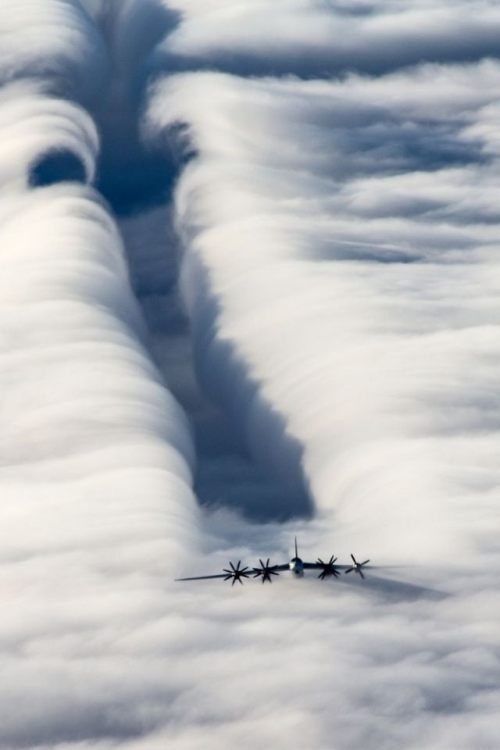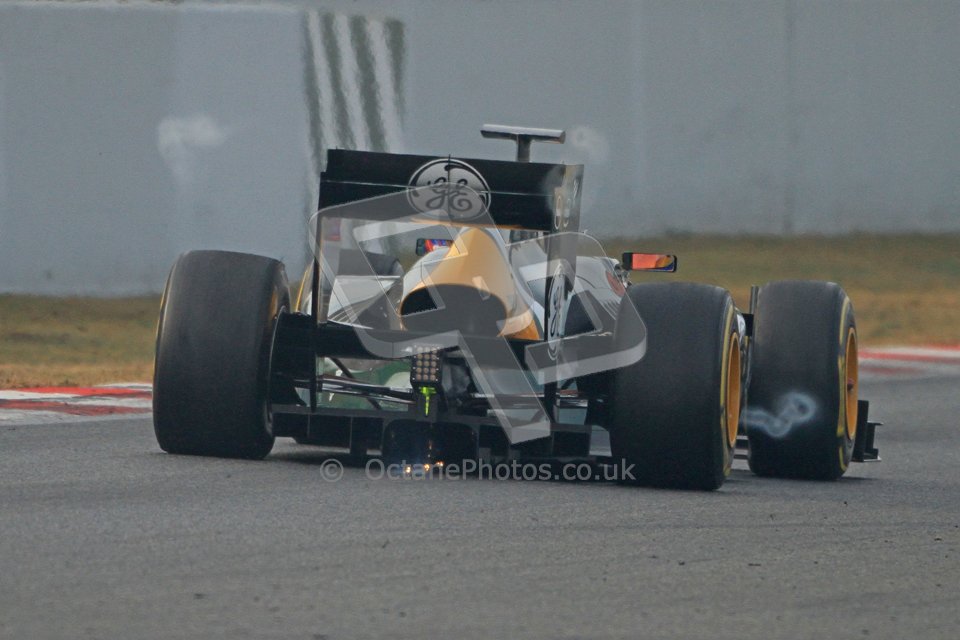I would like to focus on downforce generated through the use of vortices on f1 cars, using as little theory as possible, but also discussing some theory.
Gordon McCabe, with his blog mccabism, is very good at mixing f1 and theory in my opinion. I have found recently an old post of his about longitudinal vortices and downforce:
http://mccabism.blogspot.it/2010/12/vor ... icity.html
Maybe this article is a bit too much on the theory side, but it explains well a basic concept, that I have tries to stress (maybe too many times) on this forum also:
"It is a theorem of inviscid fluid mechanics that the helicity of a vortex tube is preserved over time. However, if a vortex tube is stretched, (as I presume it must be when it is sucked underneath the floor of a racing car), then its cross-sectional area decreases, and the magnitude of the vorticity ω increases, lowering the pressure at the centre of the vortex"
this theorem is one of the three Helmoltz theorems about vortices that Kiril recalled, and it tells us something very significant about vortices in f1 cars. Not only they produce downforce, but if they are accelerated they get stretched and produce more downforce.
On a f1 car, the flow gets accelerated in several places: basically on all the rounded leading edges (wings, sidepods, floor), on the kink line of the diffuser, and (in my opinion) at the diffuser lateral edges, where the acceleration is given by the exhausts.





